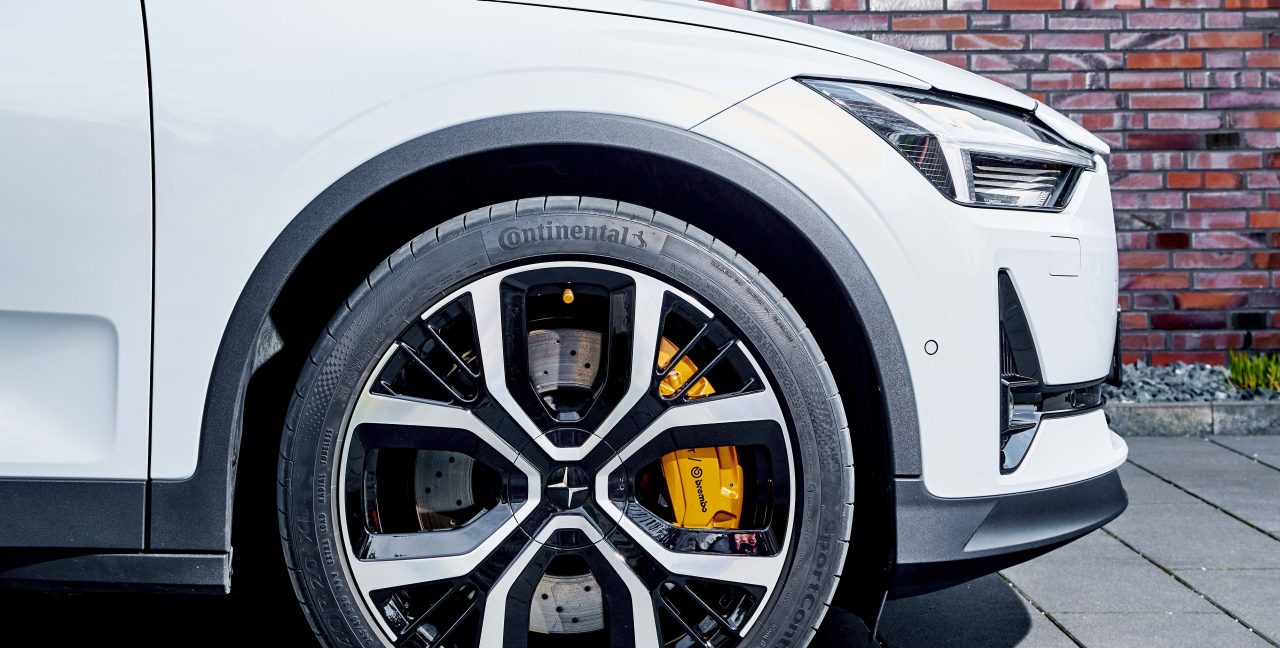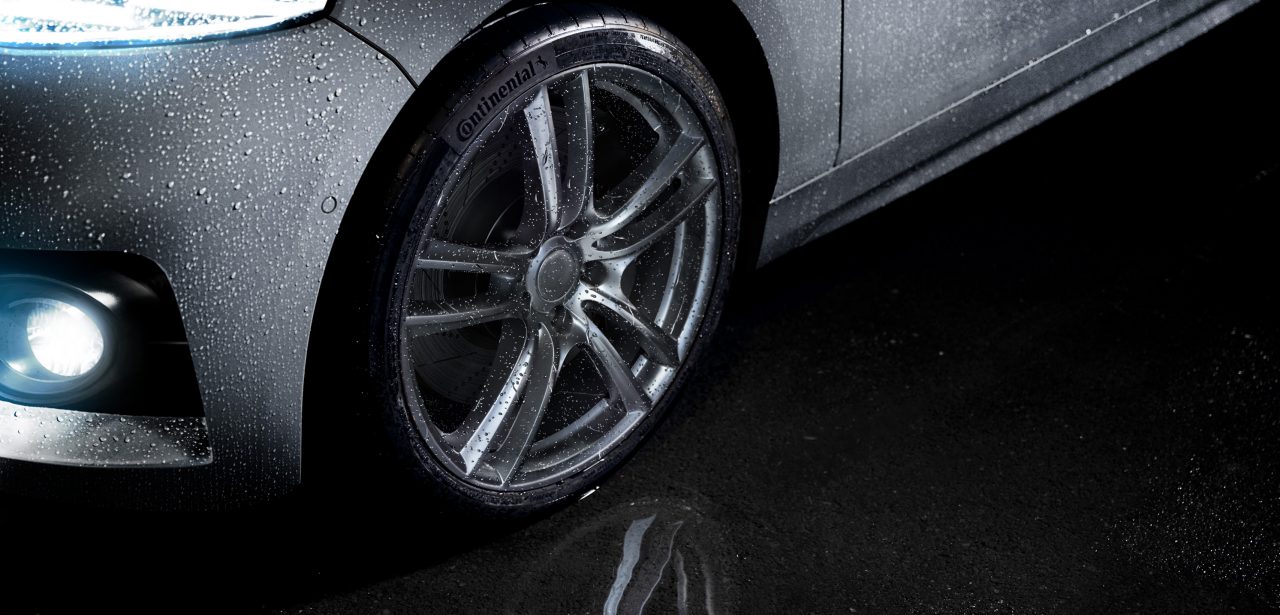
# Tire Knowledge
How do I properly up-size my tires?
Up-Sizing Tires
Up-sizing is an option that allows vehicle owners to customize their vehicle by installing lower aspect ratio tires on wider, and larger diameter rims. The following are important tire related aspects that need to be considered in every plus-sizing application:
1. Load Capacity – must be equal to or greater than Original Equipment tire fitment.
2. Inflation Pressure – never use a tire inflation pressure lower than the Original Equipment manufacturer’s recommendations. Maintain pressure relationship between the front and rear axle tires. See below for more detailed information, for example, if replacing Standard Load tires with Extra Load (Reinforced) tires.
3. Speed Rating – must be equal to or greater than Original Equipment tire fitment.
4. Rolling Circumference – the Original Equipment rolling circumference should be maintained as closely as possible.
5. Tire and Rim combination – only use industry-approved tire size and rim width combinations.
6. Body and Chassis Clearance - ensure sufficient Body and Chassis clearance under all service conditions.
It is always advisable to consult a tire expert (tire manufacturer or reputable tire dealer)

Tire Valves & Balancing your Tires
Snap-in valves must be replaced every time a tire is replaced. Always fit appropriate valve caps to avoid contamination of the valve core and subsequent air loss.
Do not attach any addition weight to the valve mouth or valve cap and in the case of valves with sealing grommet, the grommet must be replaced every time a tire is replaced. Always make sure that the valve body is appropriately torqued (torque value: please follow the valve manufacturer‘s recommendations ) and the grommet is compressed. For speeds above 210 km/h, use either metal (clamp-in) valves or valve supports to limit the valve deflection to a maximum angle of 25°.
Wheels that are not balanced or are out of balance generally produce a vibration that is uncomfortable to drive in and results in premature wearing of suspension and steering components, rotating parts and tires.
When refitting any tire to a wheel a we recommend that the tire is correctly rebalanced to help to eliminate vibration and avoid premature wear caused by an imbalance in the rotating wheel and tire assembly.
Related content
-
 2024/10/17There are three things to know when buying new tires for your car – the size, speed rating, and load index – and all this information is easy to find.Tire sizeRead more
2024/10/17There are three things to know when buying new tires for your car – the size, speed rating, and load index – and all this information is easy to find.Tire sizeRead more -
 2024/10/17The modern tire is a complex work of engineering designed to tackle a myriad of challenges. Learn about the different tire types, and their pros and cons.Tire typesRead more
2024/10/17The modern tire is a complex work of engineering designed to tackle a myriad of challenges. Learn about the different tire types, and their pros and cons.Tire typesRead more -
 2024/10/17Driving a car in the rain is much more challenging than driving in fine weather. Follow these safety tips for driving in wet conditions.Driving in heavy rainRead more
2024/10/17Driving a car in the rain is much more challenging than driving in fine weather. Follow these safety tips for driving in wet conditions.Driving in heavy rainRead more